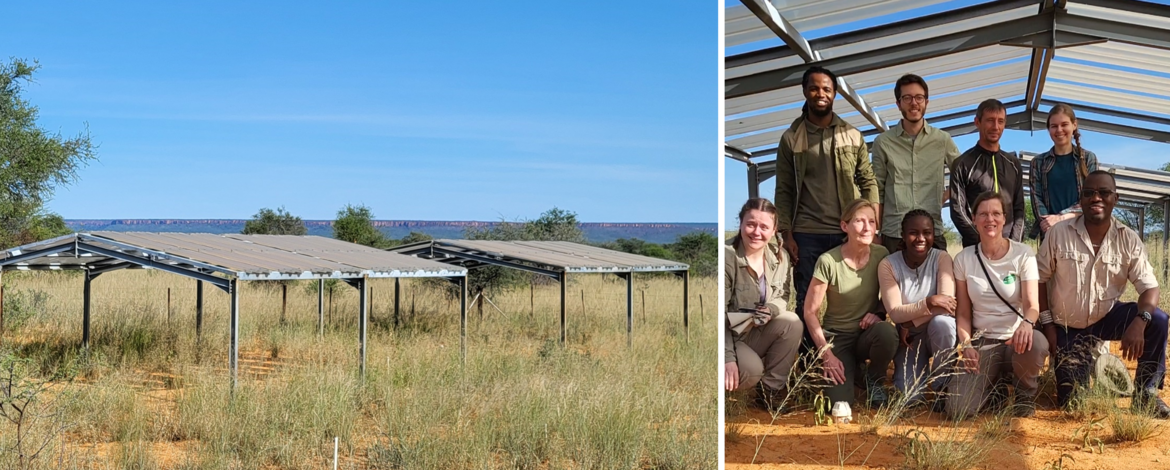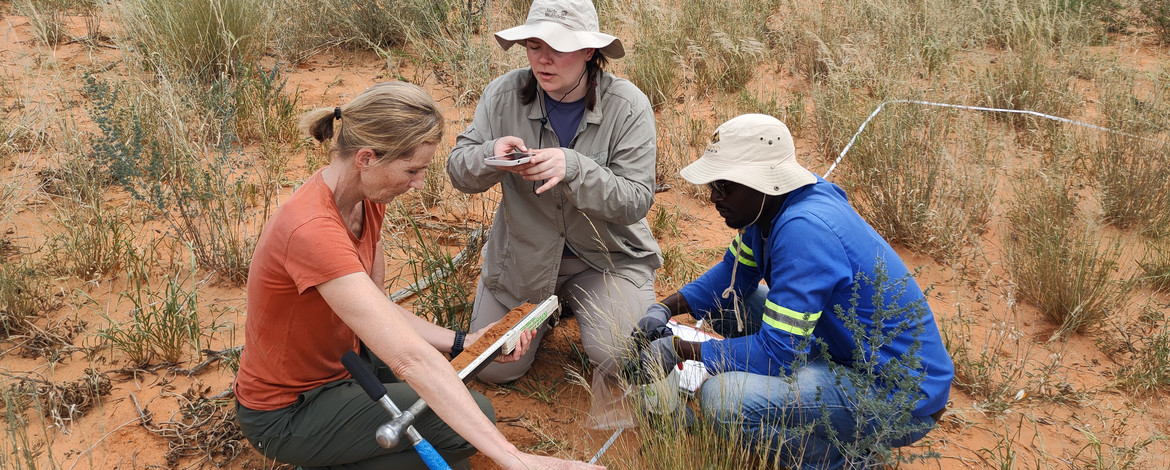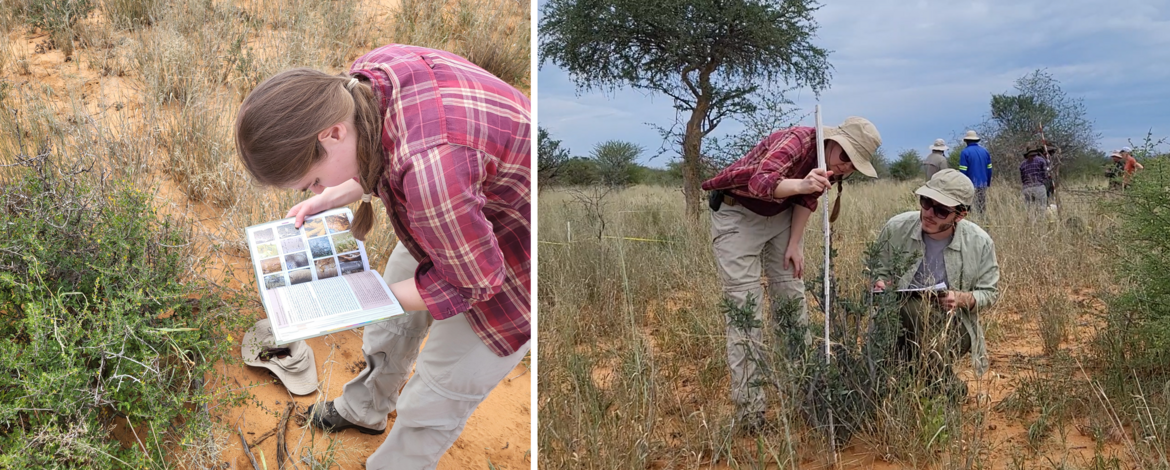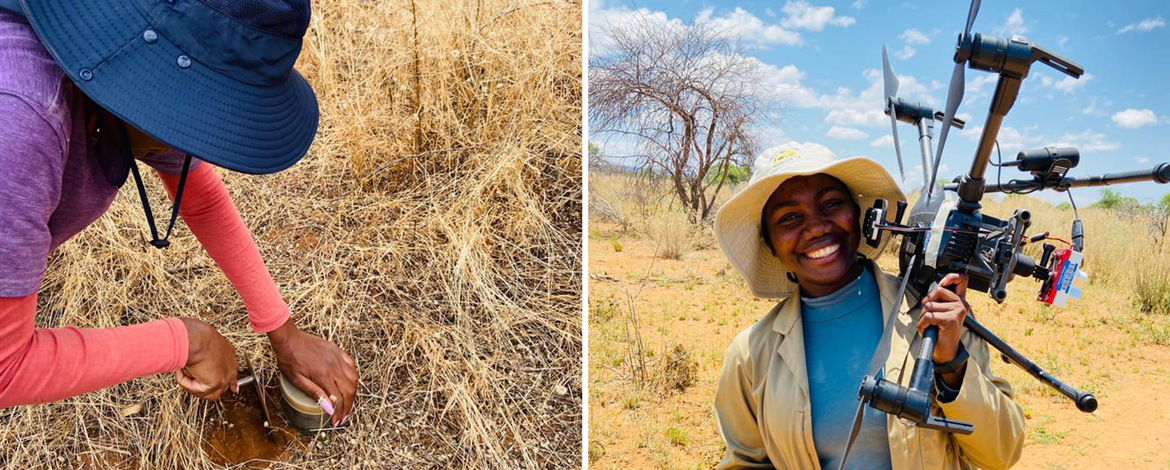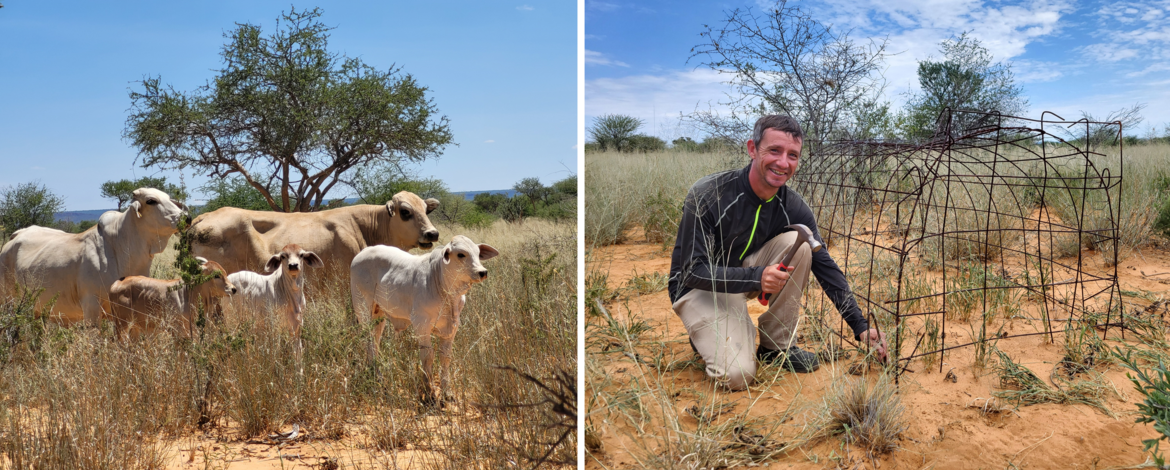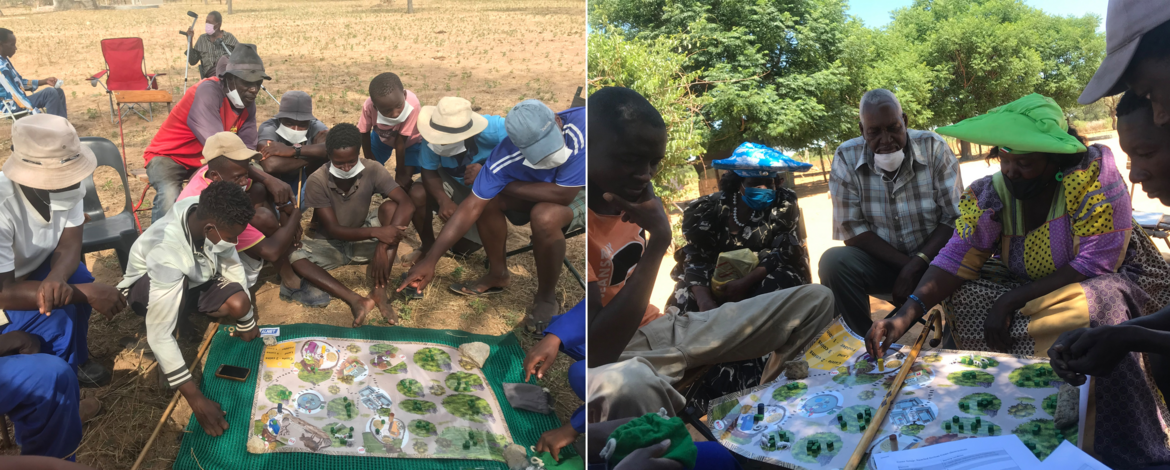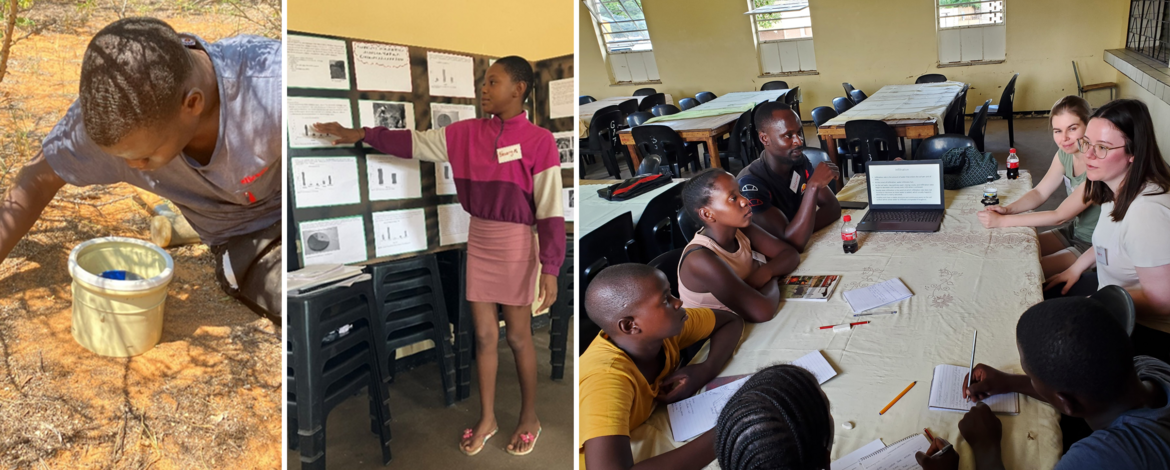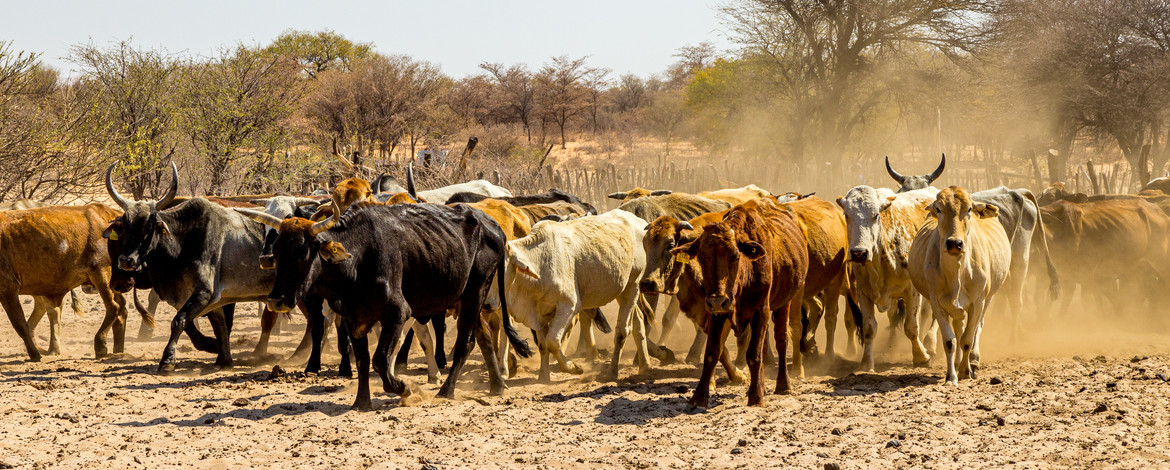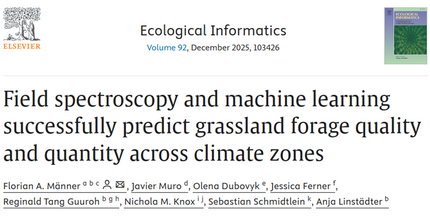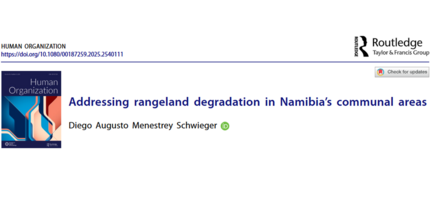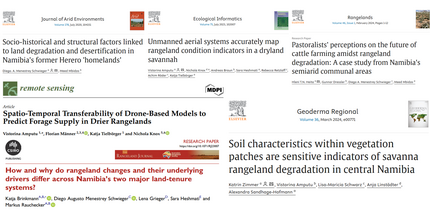Cooperative Project in GlobalTip: NamTip - A Namibian Perspective on Desertification Tipping Points in the Face of Climate Change

In the NamTip project, scientists and stakeholders collaborate closely to gain a better knowledge on the development of social-ecological tipping points (TPs), including their ecological and social drivers, and to explore management options for preventing TPs or restoring ecosystems that have passed a desertification tipping point (DTP) or the alternative TP of woody plant encroachment. Special emphasis is laid on understanding the role of climate change for TP behavior. Finally, gained knowledge is integrated using modelling for scenario development, as well as stakeholder-specific capacity development and knowledge transfer.
Latest NamTip Publications
The Federal Ministry of Research, Technology and Space (BMFTR, former BMBF) is funding the NamTip project within the framework of the Strategy "Research for Sustainability" (FONA) under the funding code 01LC2321A-F.


